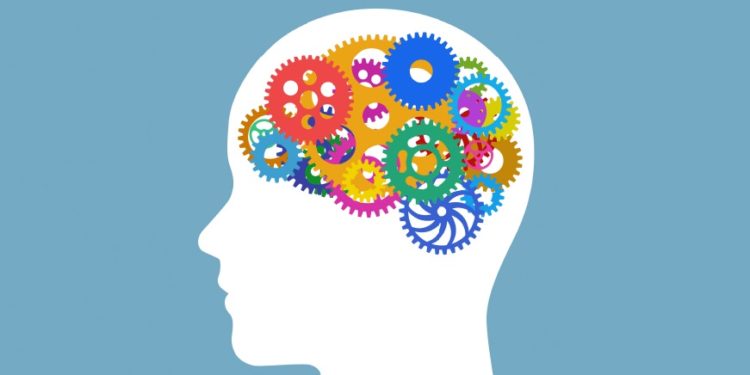Strong instruments for improving cognitive capacity, like memory palaces, are the most widely employed strategies. Rooted in millennia of use, this age-old method might improve your memory and organization of information. Let’s look at utilizing modern equipment to apply this interesting approach.
Proven Visualization Strategies: Discovering the Memory Palace Approach
A memory palace is a mental framework for organizing information that connects it to a real place, like your residence or a familiar location. Originally from ancient Greece and Rome, scholars used this approach to commit thorough lectures or important facts. Seeing oneself mentally “placing” bits of information along a familiar road may help you recall things more easily. The method enhances memory by the use of visualization methods and mnemonic devices.
Designing a Memory Palace: Methodologies
Creating a palace is simpler than it first looks. This is a thorough walk-through guide on how to build a memory palace to get you going:
Find a Real Location: Select a familiar locale, maybe your home or place of employment. Here sits your castle or palace.
List Important Sites: Divide the area into smaller, recognizable chunks—rooms or specific furniture, for example.
Give Data to Every Location: Associate every place with something you want to remember.
Visualize Clearly: Link information to each place with arresting, unique images. The image is better the more unusual or memorable it looks.
Mental Walking: Practice mentally touring the palace, recalling the specifics at every place.
Common sights seen in a memory palace are:
- The home you grew up in.
- The favorite coffee shop.
- One road you use very often.
- Your location of employment.
These well-known sites serve as powerful anchors for your memories, thereby enhancing and speeding up memory.
Examining the Memory Castle Concept
Usually used to store more complex or larger data sets, the memory castle is a variation on the palace with a similar idea. Both methods largely rely on mental vision even though a castle normally requires more imagination and creativity. Though the memory palace is based on real locations, a castle might be a fantasy building you create in your imagination with numerous rooms or fancy settings.
Whether you choose a castle or a palace, both techniques for memory improvement can help you retain more information by means of combining ordered mental channels and visualization techniques.
Playing Games Inspired by Memory Palace
If you’re more into games, try your skills in a memory palace game. These games and tools, including well-designed memory palace software, help you establish and explore memory palaces, therefore improving the interactive aspect of the technique. Many of the brain programs available today are designed to help train your mind to store and recall material by means of memory development exercises. These games help you also define what a mental palace is and how to use it in everyday life. One interesting and enjoyable method to boost your memory is the gamification of the process.
Using Mind Palaces, Boost Your Memory
The mind palace and its variations—including the memory castle—offer incredible opportunities for improving recall. By using memory enhancement exercises, you may modify your capacity for information retention. Anyone—student, professional, or just someone seeking to keep their mind sharp—can benefit much from these techniques. Using the visualizing strategies discussed here, first, design your own mental palace; then, appreciate the long-term benefits of better memory retention.












































































